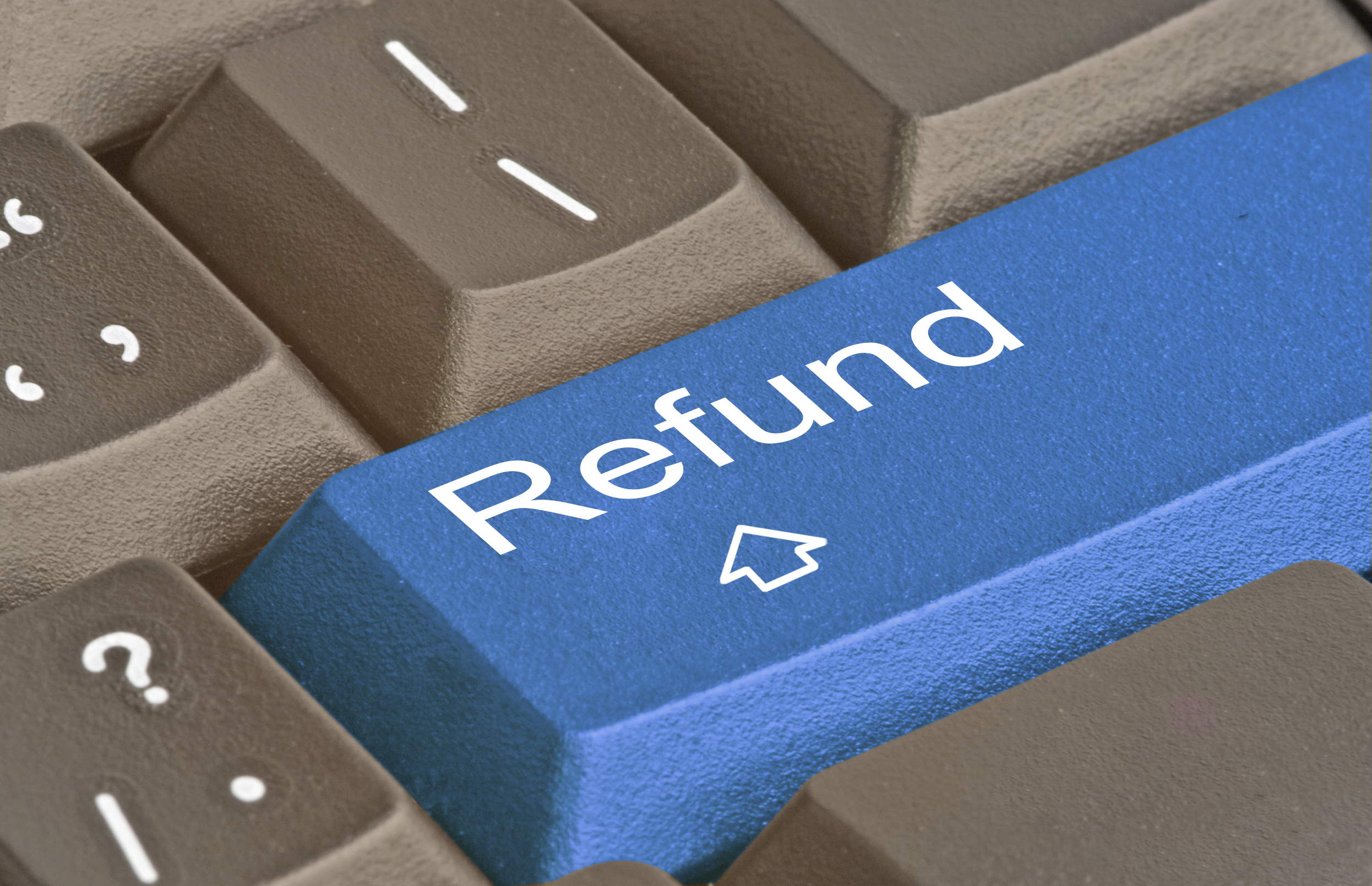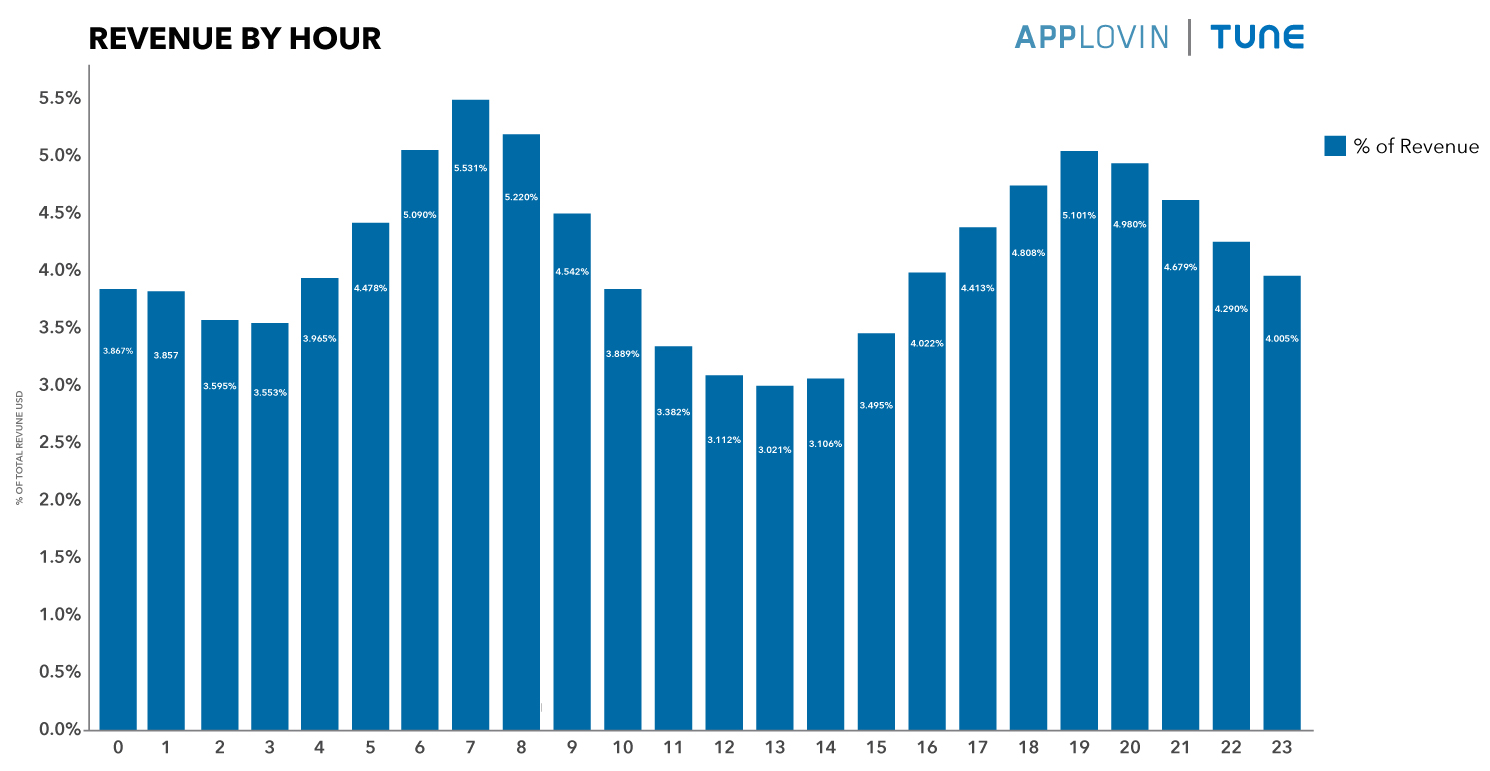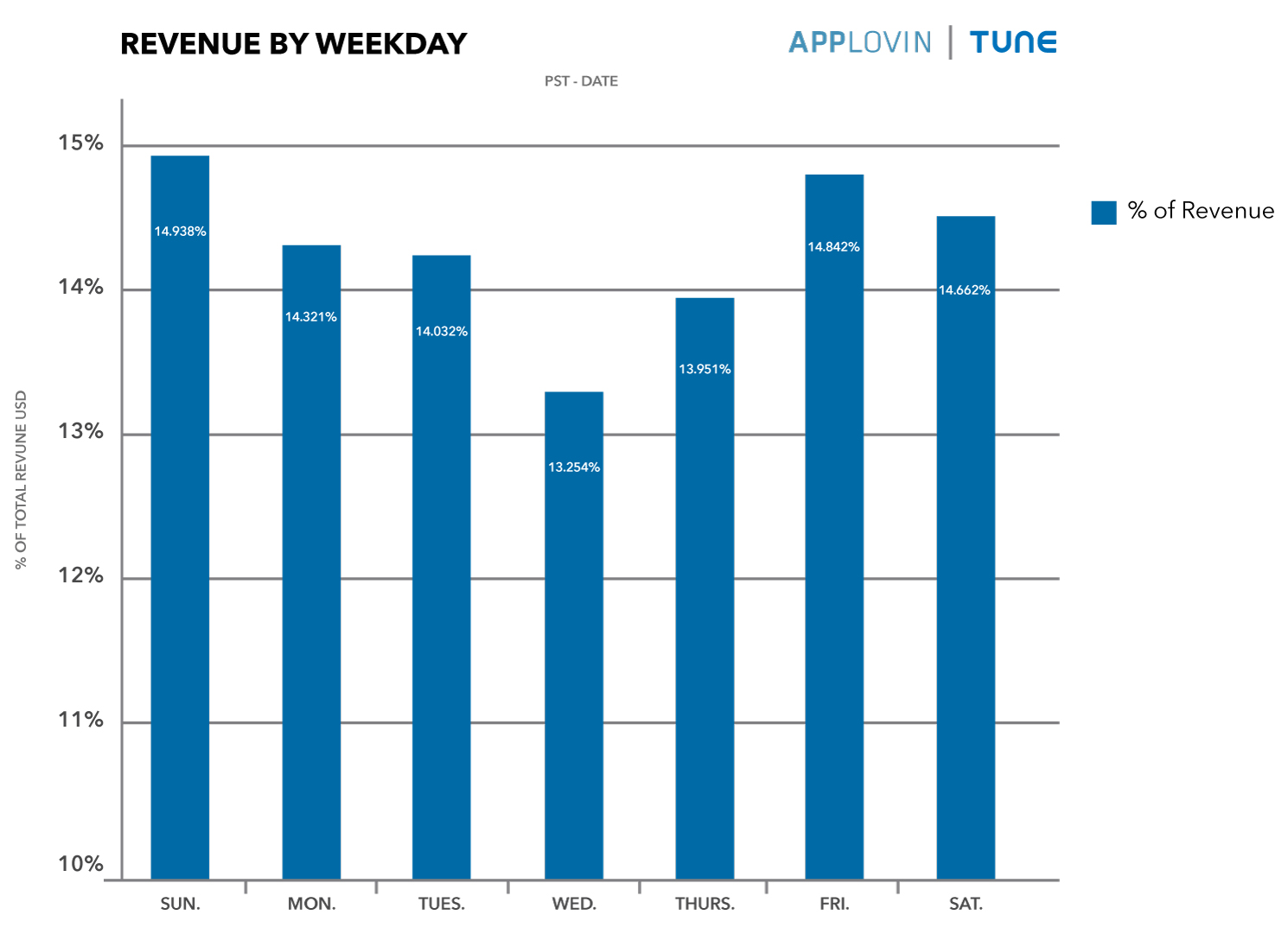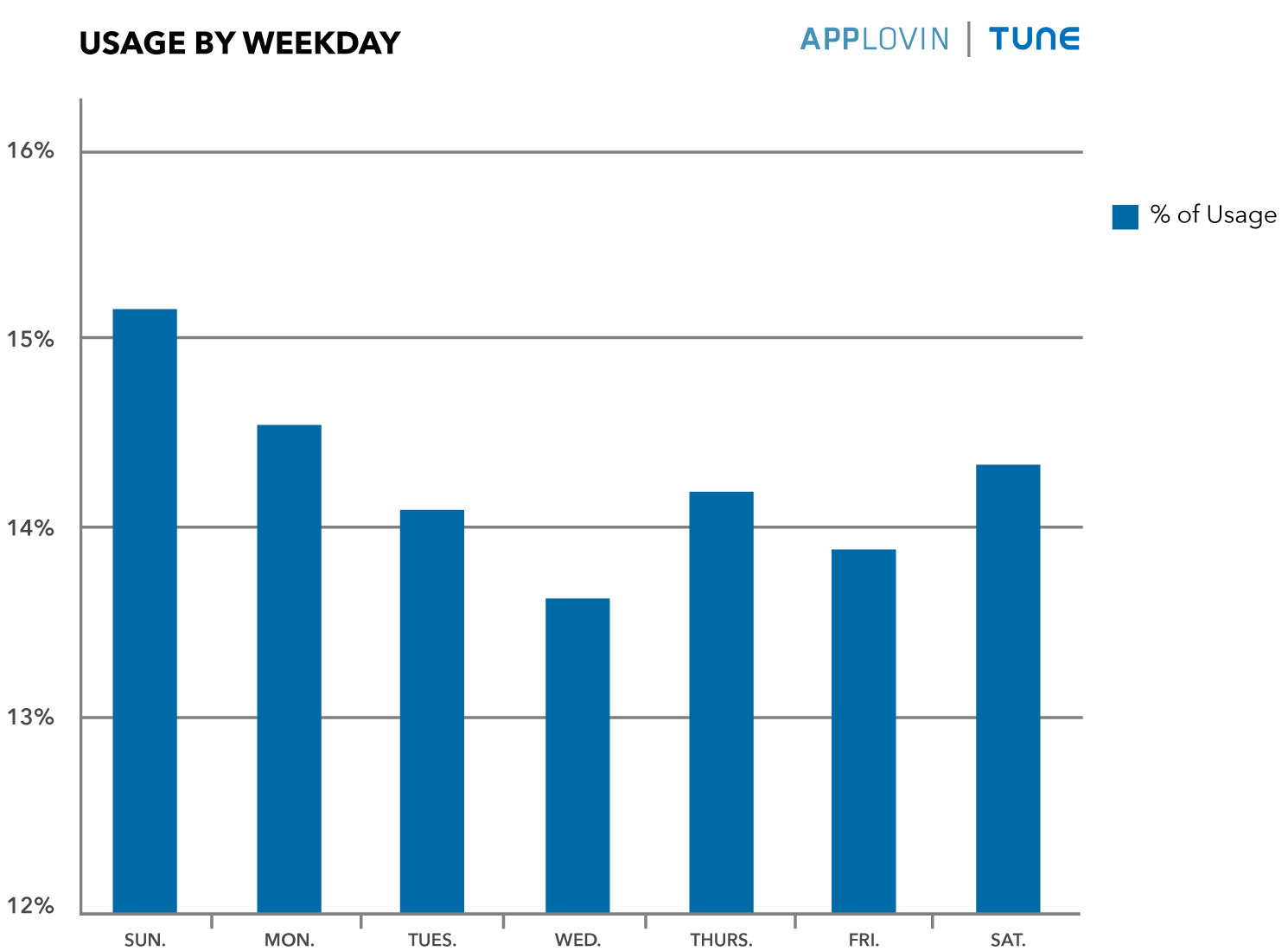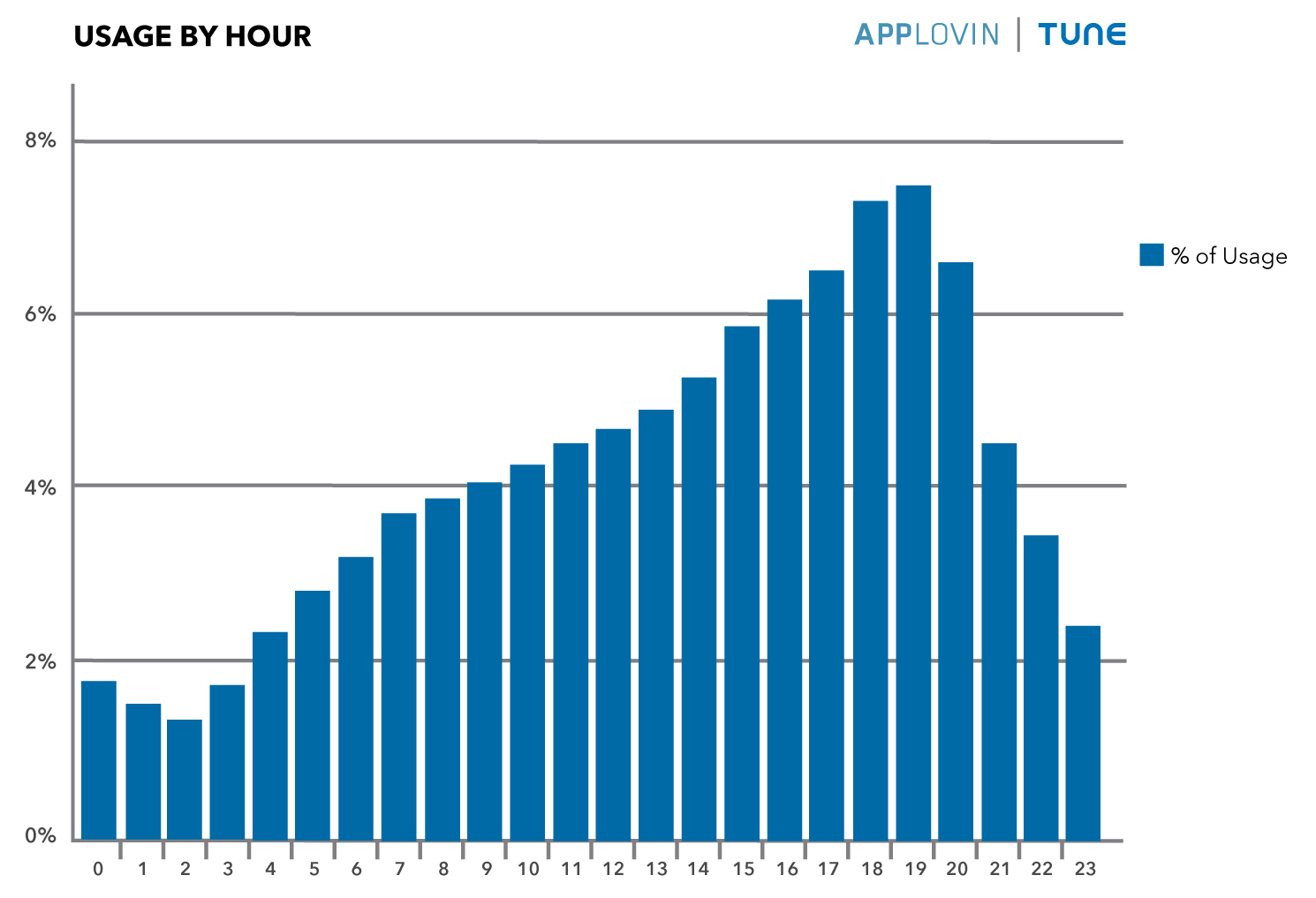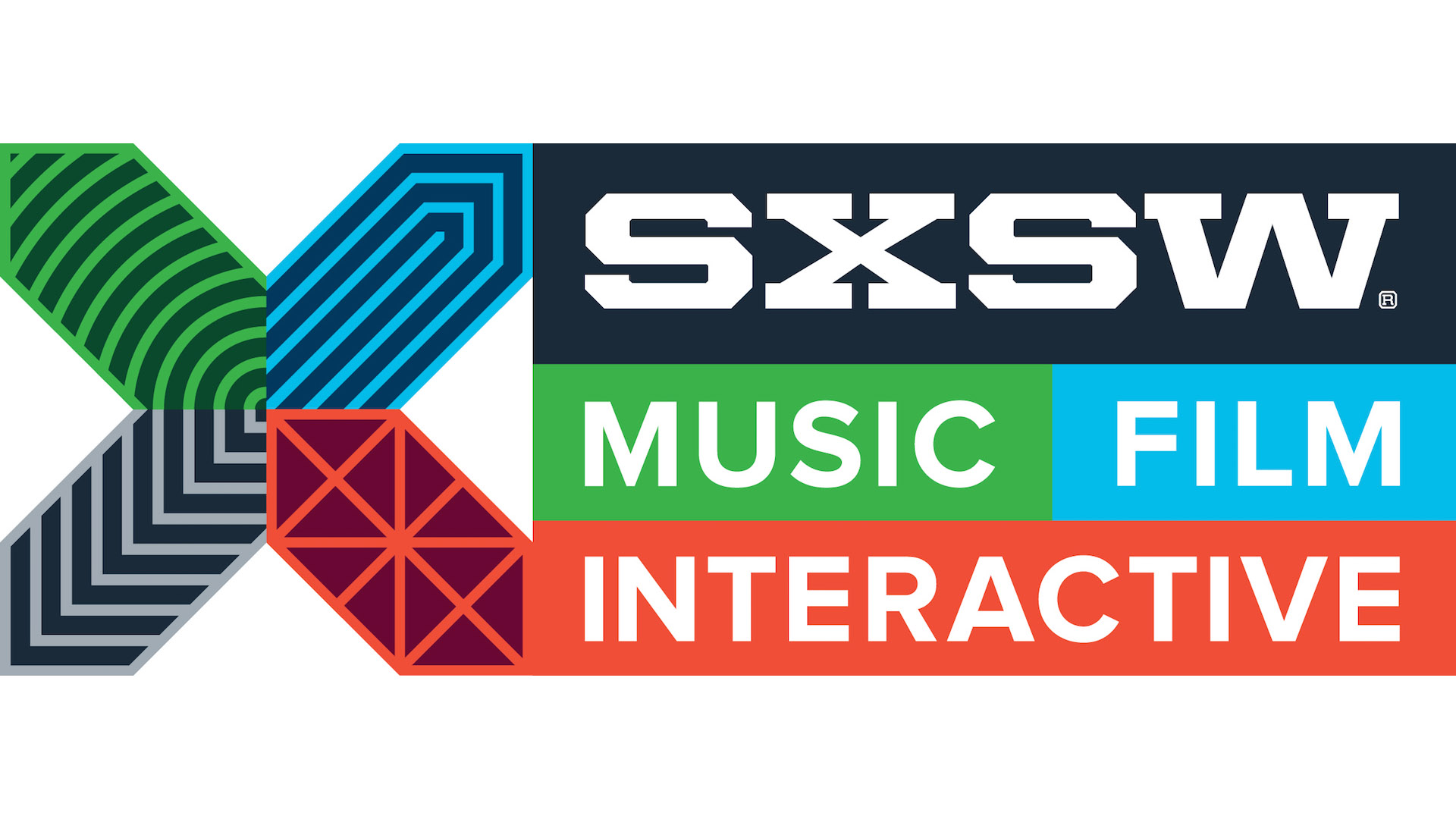Read original story on: The Verge
Virtual goods, which include a wide range of digital products from audiobooks to in-app purchases, have mostly been non-refundable transactions. But Steam, the popular online games platform owned by Valve, might just change that with an updated Refund Policy that now allows its users to “request a refund for nearly any purchase on Steam — for any reason”, as long as the game was purchased within the past 14 days and played for less than two hours.
Compared to physical products, it is considerably more difficult to handle the return and refund of virtual goods due to its inherently intangible nature. Yet it doesn’t exactly stand as a legitimate reason for blocking purchasers from exercising one of their fundamental rights as customers. Steam is able to allow refunds partly because it can verify the usage of purchased games on its platform, and that could be easily expanded to other types of virtual goods through app tracking.
Yet, it is important to not that, while refund of virtual goods is certainly practicable, the complexity of implementation might just keep it from becoming a reality in the near future. Nevertheless, brands selling virtual goods need to be aware of its viability and actively work to improve after-sales service.
